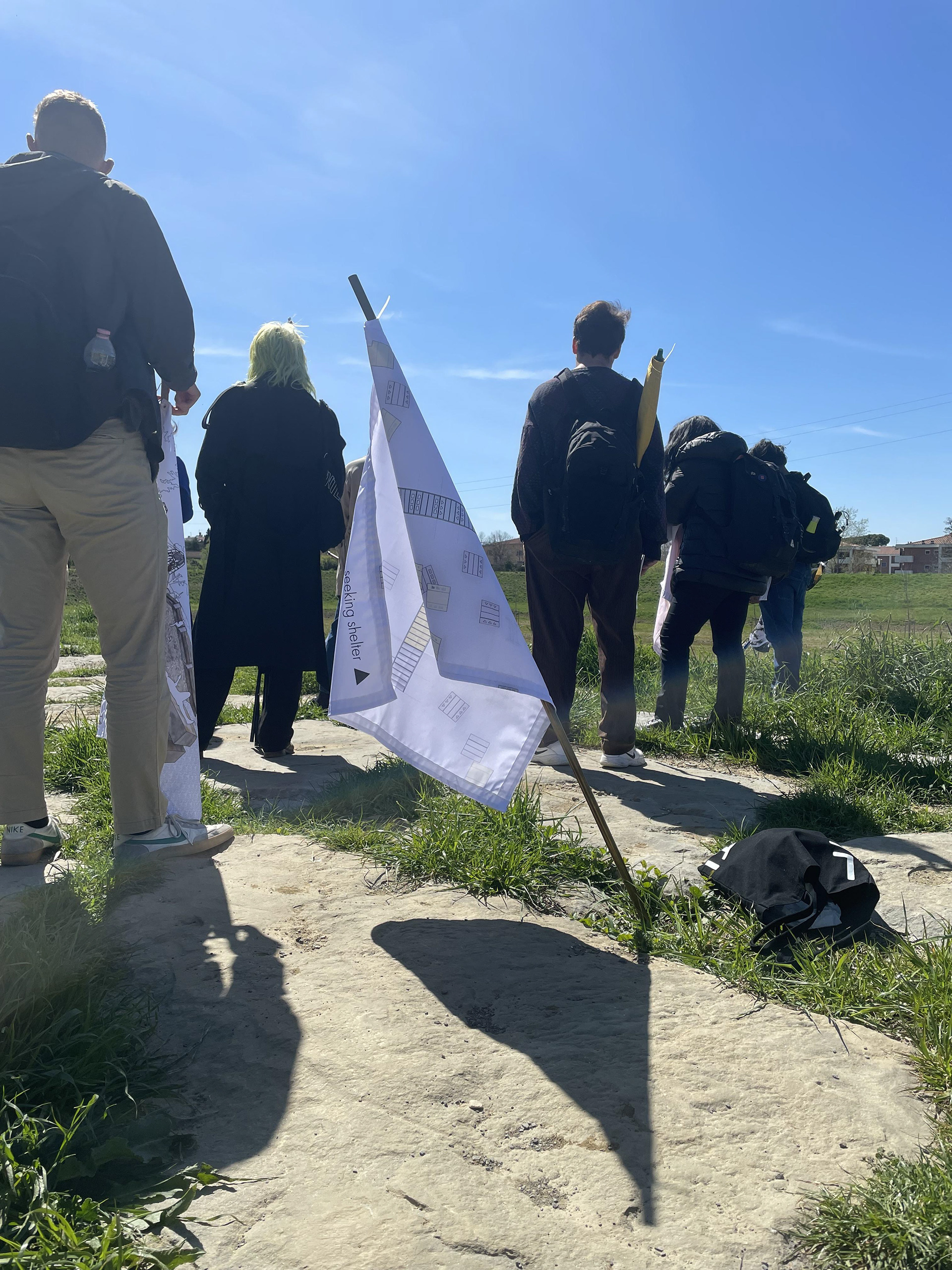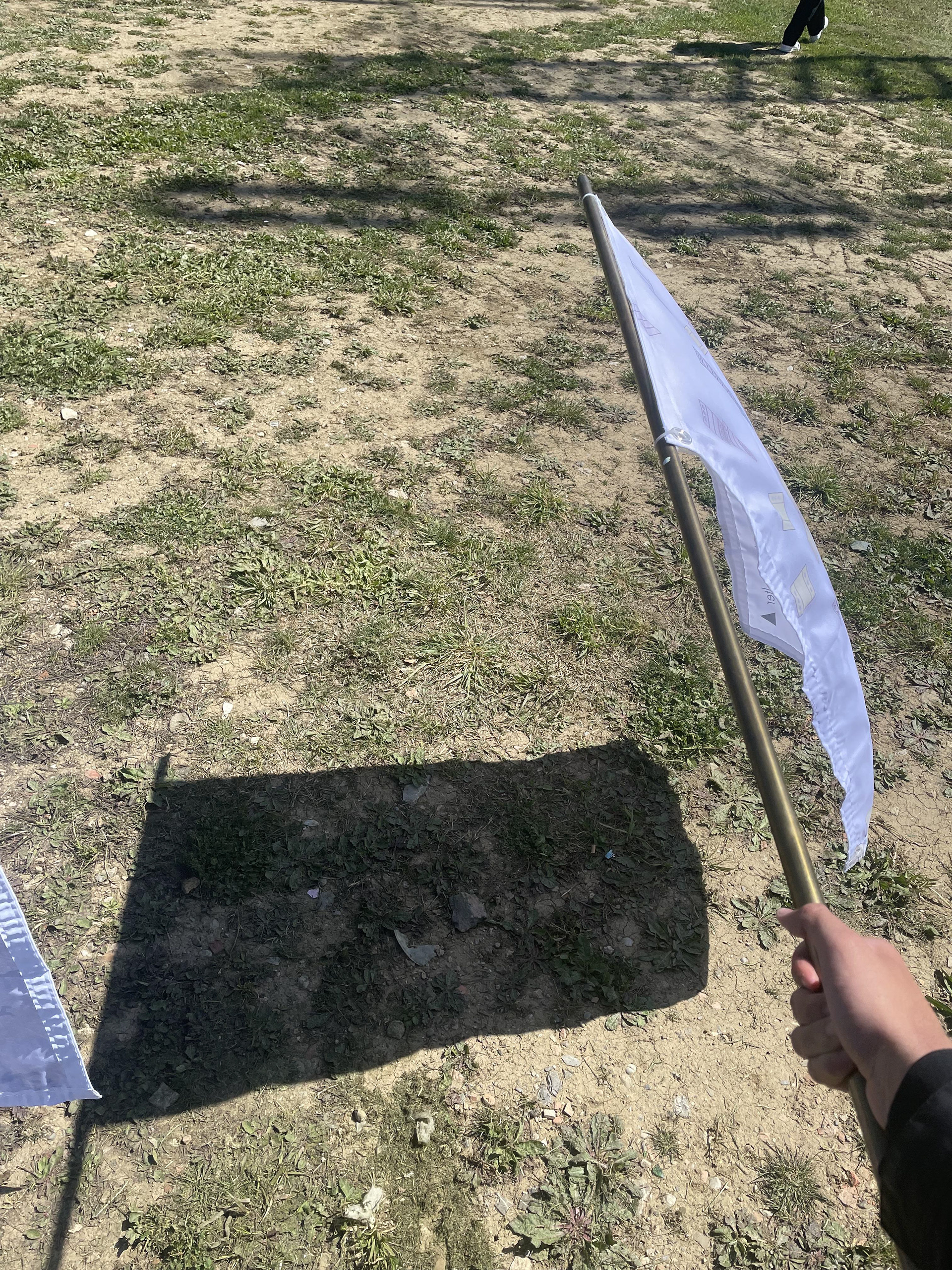Seeking Shelter depicts the icon of a tent as a versatile and symbolic structure. By adapting it for public use, this linear series creates a dialogue surrounding the history of scattered, transitory spaces - often associated with nomadic lifestyles - and juxtaposes it with potential for gathering, socialization, and fluidity within the urban fabric.
The evolution of this proposal develops from a history of isolation and separation in nomadic hunting, seeking shelter, and inevitable curious exploration. Natural progression led to co-dependence between people and the creation of communities for cohabitation. From curated weekend campsites to the safety one seeks in refugee camps, there is a reliance on the interactions and bonds formed between people. For the past couple of years, we have existed in smaller communities, purposely isolated from our neighbors, friends, and even family. In this gradual return to a “normal” lifestyle, venturing back out into society references the unfamiliarity and curiosity of our experiences. We yearn for interaction with broader communities. The tent symbolically provides a sense of individual security, but also, through its public setting, allows for stimulation of creativity.


Culminating in a public installation and an outdoor, open-air final review, the mode of discussion centered around a "flag image" where our design proposals were printed on a fabric and blew fluidly in the wind. It resulted in dynamic and interactive discourse, inviting users of Parco del Mensola to engage with the scene of a final pin-up and potentials of a newfound space. From families on an afternoon stroll to joggers who'd stop and take out their headphones, this was an exciting new way to guide the discussion.
While tradition aims to provide ephemeral shelters to travelers, this project aims to inform more solid, grounded connections through the installation and design of a rigid and logical structure. This intervention consists of a linear, rhythmic system of twelve tents. Each modular structure features shading systems for the public to inhabit, socialize with, and interact underneath colorful and interactive tarps on the façade. Various playful apertures, interactive objects like ribbons blowing in the wind, physicality in textural surfaces and reflective planes provide warmth and safety to the structure. These twelve tents invite users to interact with the installation, but more importantly create dialogue between the people experiencing the project together.